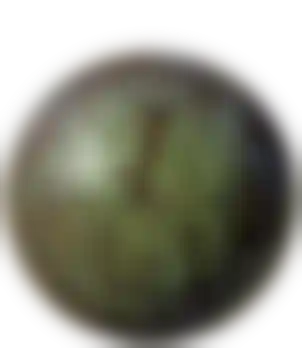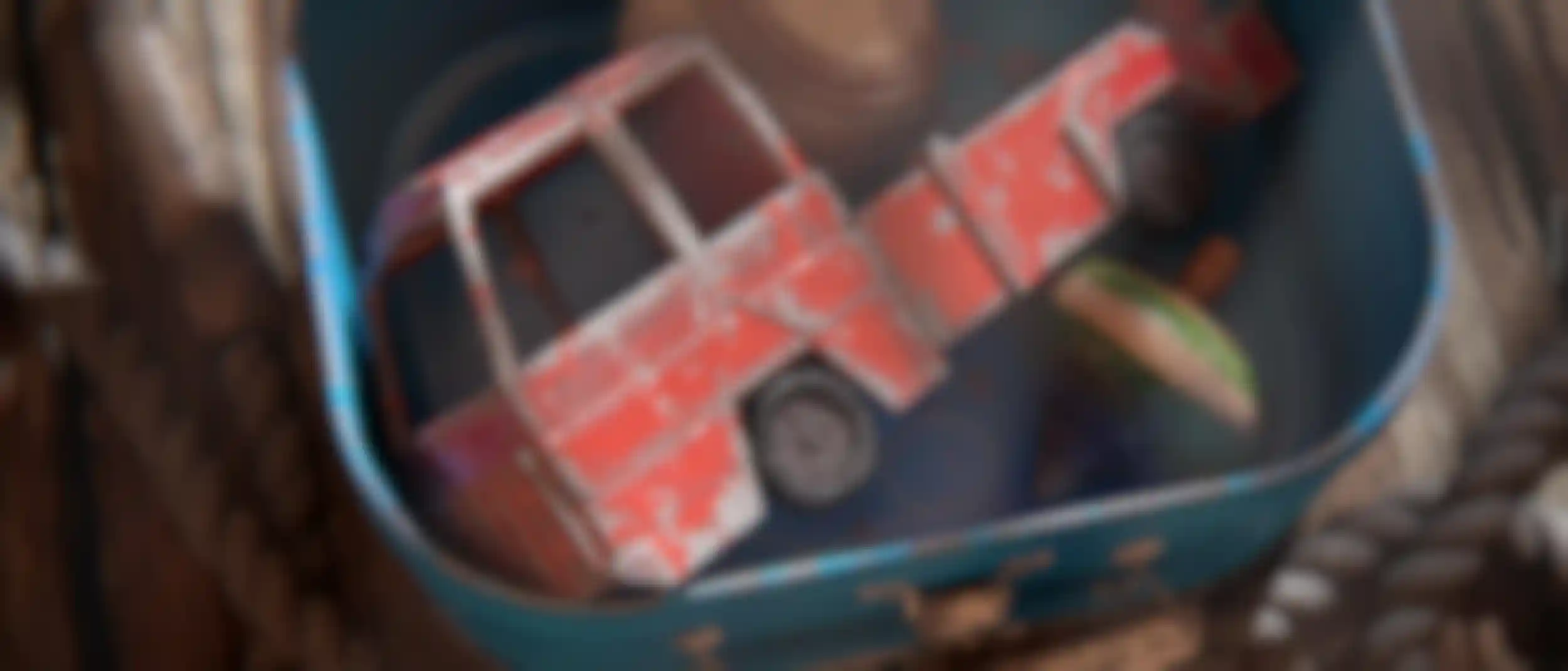Texturing
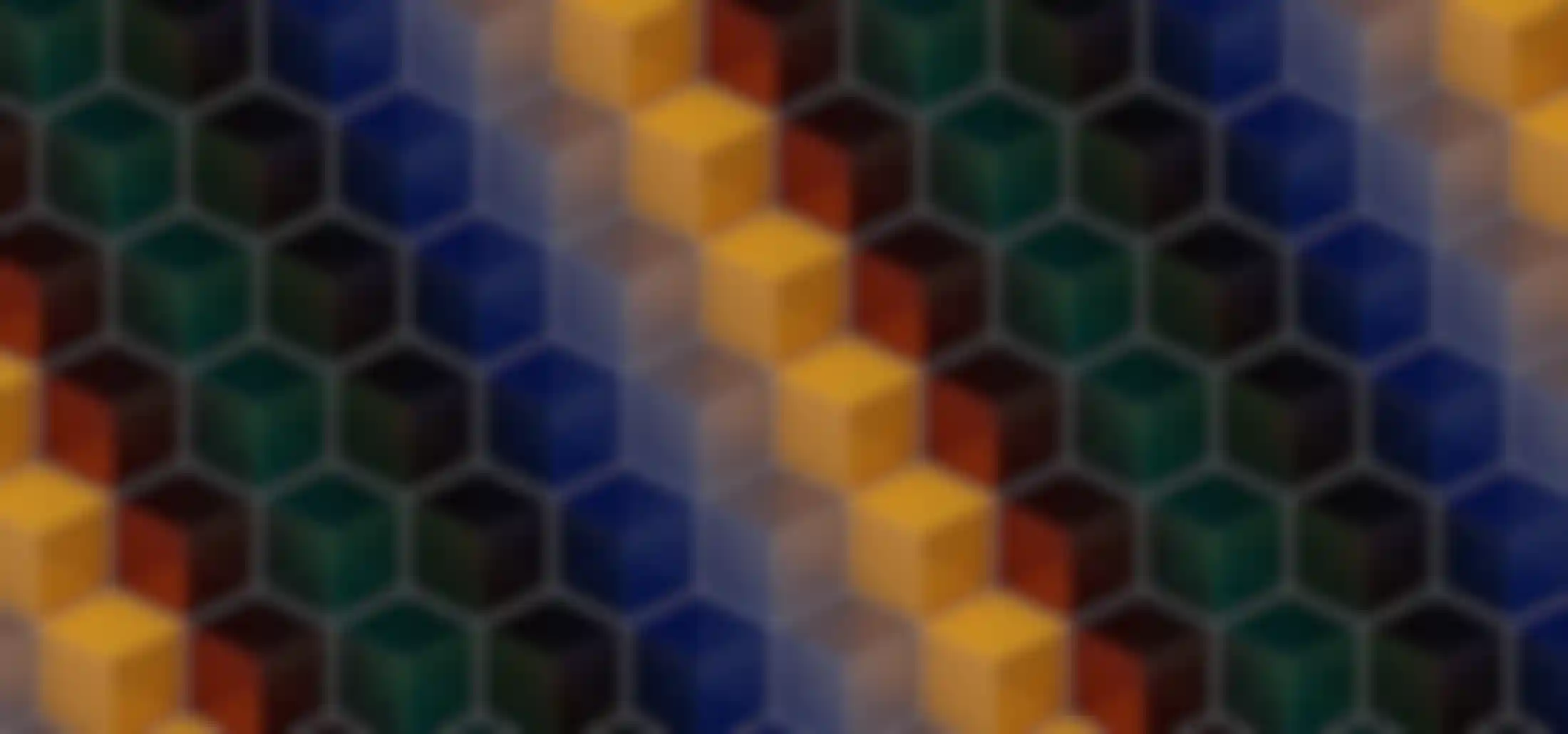
Material System
Fast and Flexible Surfacing
Cinema 4D offers a fast and flexible material system, with procedural shaders to quickly define the surface of your 3D models. Generate exquisite photorealistic materials with multi-layered reflections or unique abstract effects using Cinema 4D’s multiple material channels and many special purpose procedural shaders.
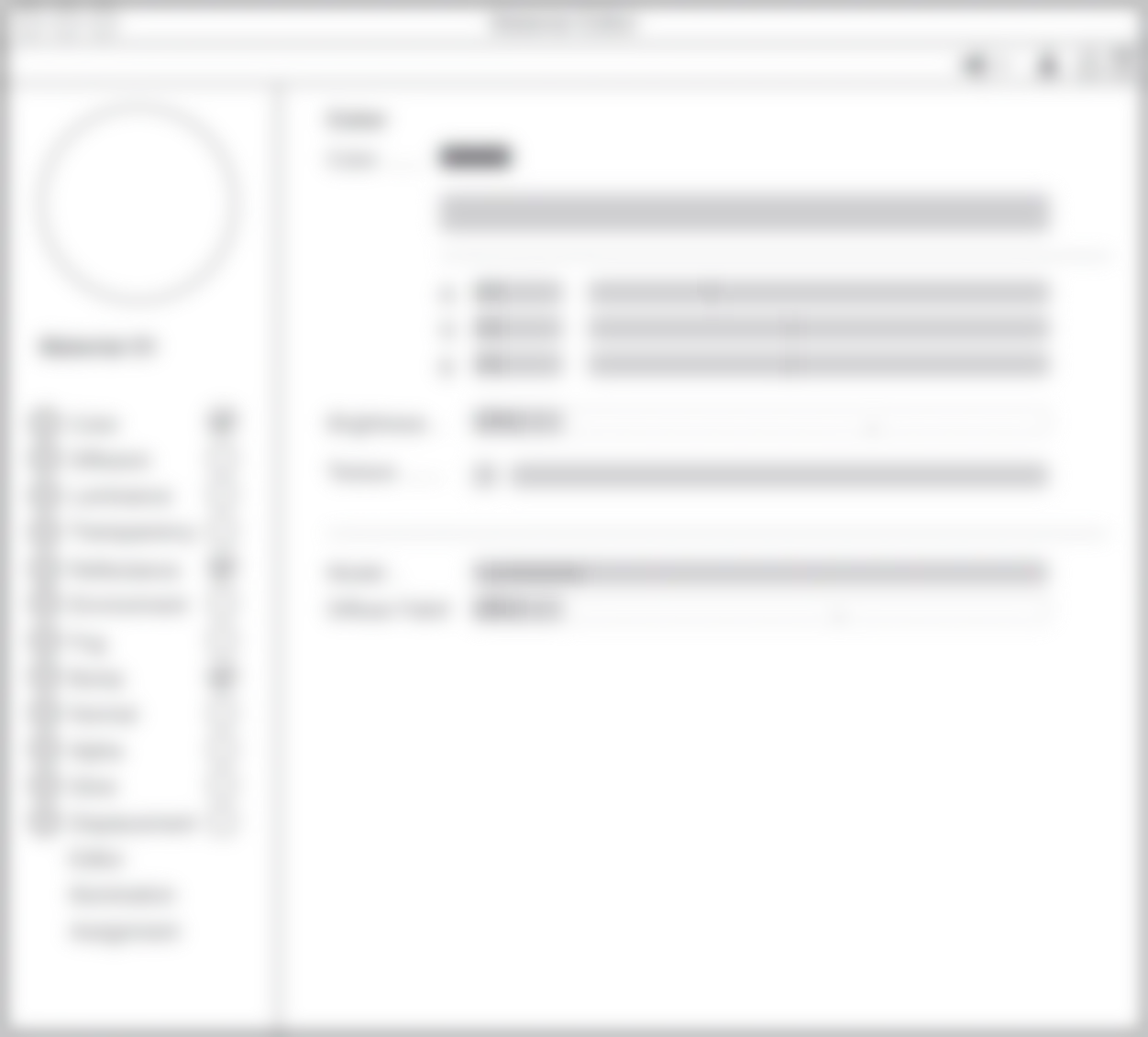
Cinema 4D materials are easy to understand, with neatly-organized material channels that are named for what they do - to adjust the luminance, transparency or displacement of a material simply click the channel, load an image or shader, and adjust some sliders. Procedural shaders add power and flexibility so it’s easy to create photoreal and fanciful textures.
Reflectance Channel
Create physically accurate materials with multiple layers of reflection using the Cinema 4D Reflectance Channel. Stack metallic flakes, anisotropic scratches and clear coat on top of a diffuse base layer, dial in the roughness and strength of each layer and enjoy materials that fully react to the lighting environment.
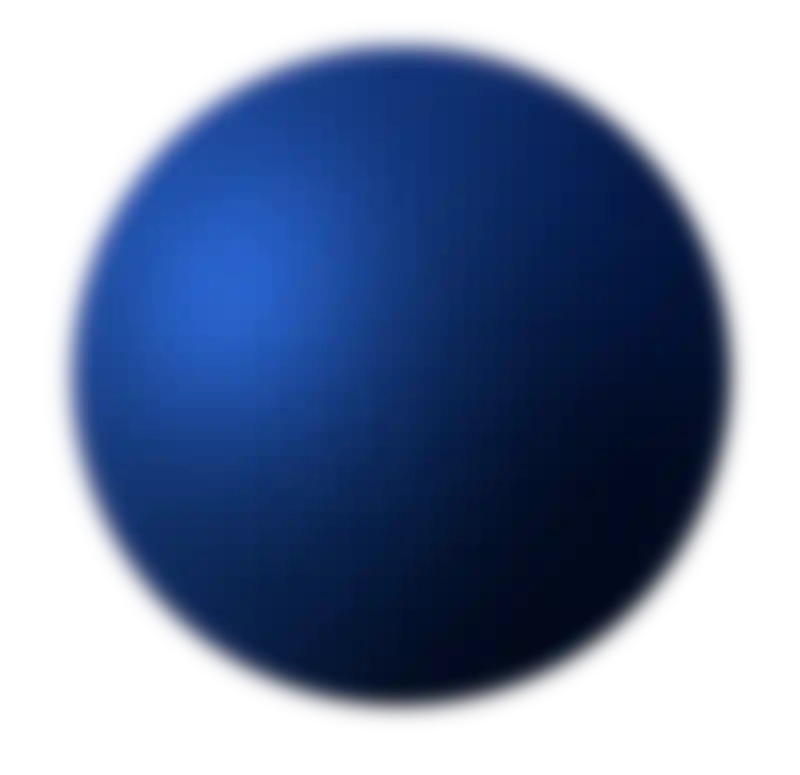
Reflectance layer 1
base layer

Reflectance layer 2
flakes
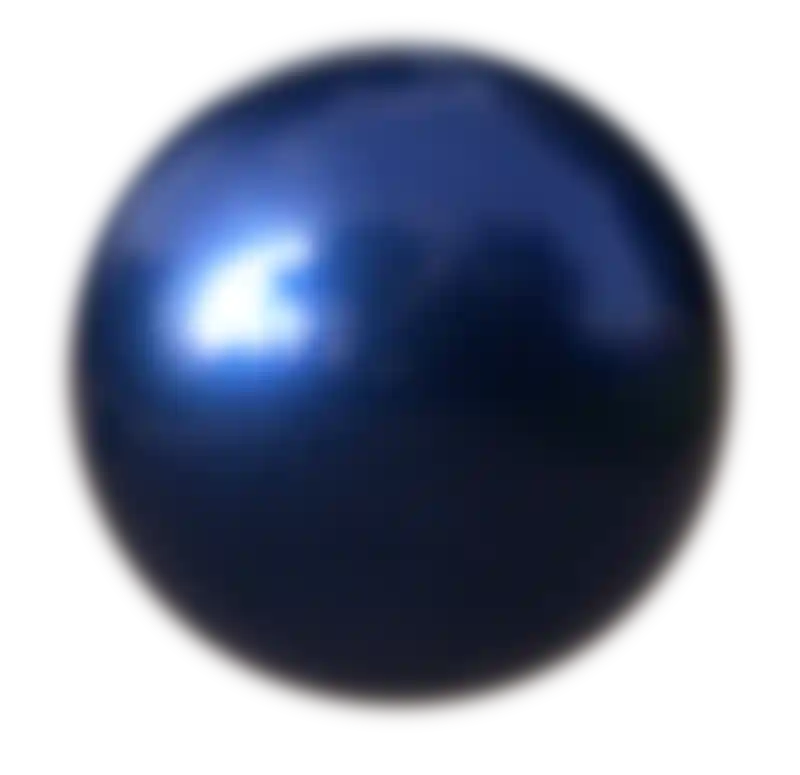
Reflectance layer 3
coating
Flexible Shaders
A wide range of shaders in Cinema 4D provide special-purpose material options, such as replicating a rainbow thin-film effect on a bubble or oily surface, or simulating wood or bricks with a multitude of options and presets. MoGraph and Variation shaders make it possible to uniquely color and texture a vast number of objects. These are just a few examples of Cinema 4D’s powerful and purposeful shaders.
Infinite Possibilities
Powerful layering options at the shader level, within reflectance and for materials themselves offer unlimited options for combining basic elements to create incredibly complex and detailed materials.

